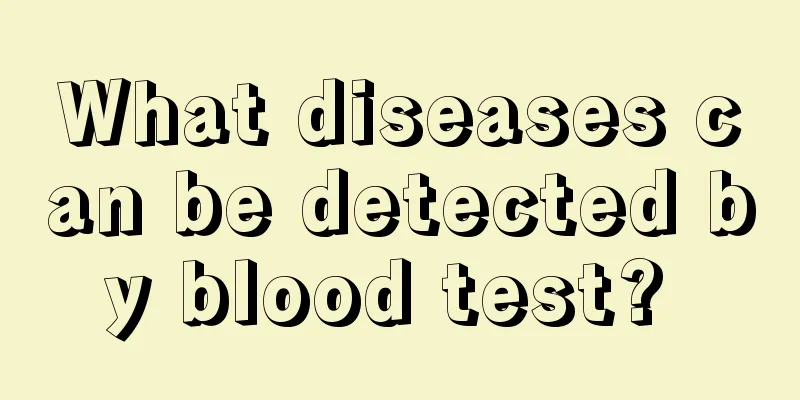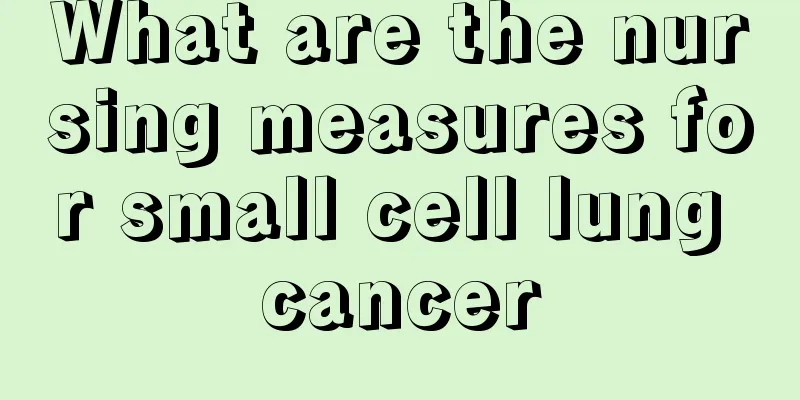Varicose vein bloodletting

|
Varicose veins are a very common disease in daily life. They can cause great harm to the patient's health, so it is particularly important to find a scientific and effective treatment method. However, some folk remedies believe that bloodletting can treat varicose veins. Although this may have some effect, this method is not advisable and may even endanger life safety, so people need to have a scientific understanding of this. 1. Can bloodletting be used to treat varicose veins? The so-called bloodletting therapy is not uncommon, nor is it unique to China. In fact, it has been present in the early medical history of many parts of the world. It is also a very popular treatment method on the streets of India. With the development of medical science, bloodletting therapy has largely disappeared from the stage of history. But at present, there is still a certain market among the people in various places. In fact, the principle of treatment is nothing more than acupuncture of certain acupuncture points or small veins on the surface of the body to release a small amount of blood. The specific treatment effect lacks clinical verification, but it is often seen causing trouble. 2. The blood released is somewhat deceptive Bloodletting therapy usually punctures the superficial veins, so the blood released is dark red. People who have not carefully studied the color of blood may be easily frightened. Because many people have the impression that blood is always bright red, they think that dark red blood is toxins or blood stasis. They naturally believe that if the blood is released, the condition will be cured and they hold great hope. However, this is not the case in reality. In fact, venous blood is dark red in color due to its low oxygen content. If bloodletting is performed in areas where varicose veins are more severe, the color will be even darker. 3. Three major factors of thrombosis: Hypercoagulable state Slow blood flow Vascular damage Hypercoagulable state refers to a state in which the body's internal environment, caused by various factors, presents a state in which the blood is more likely to coagulate than normal. There are many reasons, including medications, certain diseases, surgery, pregnancy, reduced water intake, etc. We will not discuss them here today. Let's talk about the other two factors that are more directly related to bloodletting therapy. Slow blood flow: For patients with varicose veins, because a very important structure in the blood vessels - the valve - is damaged, the superficial veins in the calves become tortuous and blood accumulates in the blood vessels. They cannot circulate blood as efficiently as normal people and lack fresh blood to replenish it, which is especially obvious when standing. Blood vessel damage The vascular endothelium is very smooth, so blood rarely forms blood clots when it flows normally in the blood vessels. However, during bloodletting, the integrity of the blood vessel wall is destroyed, and the damaged area will quickly stimulate the coagulation mechanism to seal the damaged blood vessel wall. This is a normal protective mechanism, but if this process is amplified, the blood clot will begin to spread to the entire tortuous blood vessels, and even the deep veins. |
<<: Intravenous needle phlebitis
>>: What to do if your feet are swollen due to varicose veins
Recommend
What are the benefits of eating canned tuna in oil?
Tuna is a very popular seafood fish. It grows in ...
What are the symptoms of rotavirus diarrhea
Rotavirus diarrhea is actually a disease with a r...
Could persistent sore throat be laryngeal cancer?
Most cases of sore throat may be caused by pharyn...
Can liver cancer patients eat walnuts? It is recommended to know these before eating walnuts for liver cancer
Liver cancer can be caused by many reasons. Gener...
Is biological therapy effective for advanced lung cancer?
Usually, in patients with advanced lung cancer, t...
Obstructive pneumonia and lung cancer
If you can't see obstructive pneumonia, you t...
What does fake seaweed look like
People in modern life pay great attention to the ...
Can I eat mangoes if I have a cough and phlegm?
The main reason for phlegm in the throat is exces...
3 common diagnostic methods for breast cancer
Common diagnostic methods for breast cancer inclu...
What are the main symptoms of aortic dissection
Aortic dissection is a relatively serious arteria...
How does the pathology of ovarian cancer change
In recent years, ovarian cancer has become one of...
What are the causes of lung cancer? Beware of several causes of lung cancer
The cause of lung cancer is often the first thing...
How to avoid testicular cancer
How to avoid testicular cancer? Testicular cancer...
Analysis of the spread and metastasis of liver cancer
As a common malignant tumor, the mortality rate o...
What will happen if kidney stones are not treated
Patients with kidney stones certainly cannot igno...









